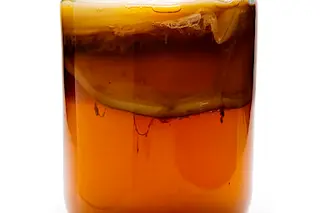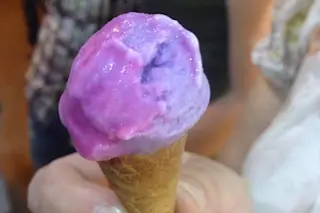Imagine dropping a few hundred dollars for a bottle of "premium wine" only to discover it tastes like plonk! For years, collectors of fine wines have gone to great lengths to ensure that the wine they buy is indeed of the advertised quality and age. From tamper-proof caps to prevent the dilution of a premium wine with cheap stuff to an electric tongue that can distinguish fine wines, connoisseurs have tried their best not to get ripped off. Now, they have another trick at their disposal, and this one involves an atom bomb. According to new research, collectors can avoid purchasing a faked bottle of an old vintage by running the wine through a "bomb pulse" test, which uses the radioactive material present in air to date the wine. The system is accurate enough, say scientists, to date your wine's vintage up to a year of its production--so that a ...
How to Tell a Fine Old Wine: Look for That Hint of Radioactive C-14
Ensure premium wine quality and avoid fraud with the bomb pulse test, a breakthrough in detecting wine vintage.
More on Discover
Stay Curious
SubscribeTo The Magazine
Save up to 40% off the cover price when you subscribe to Discover magazine.
Subscribe








